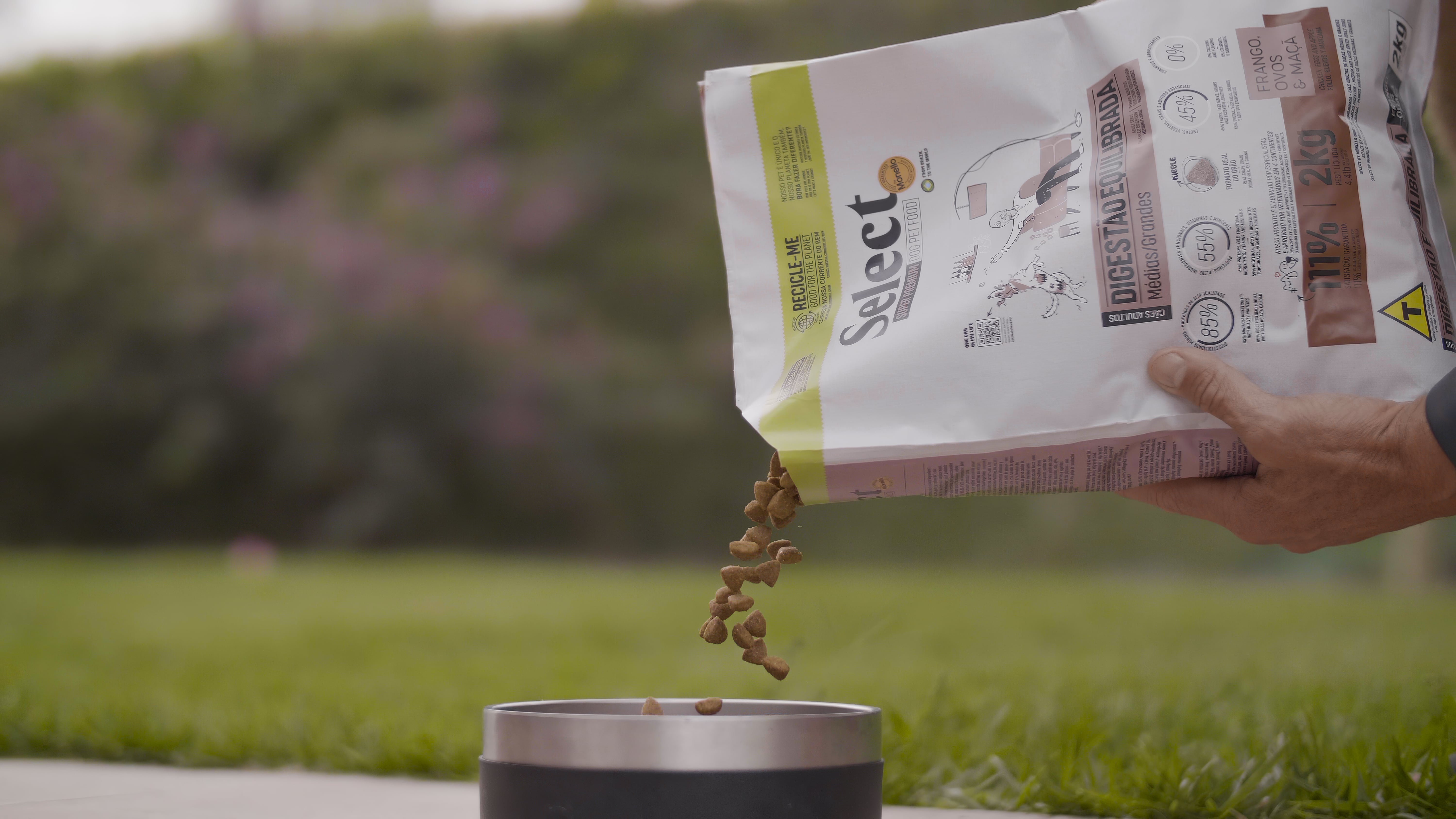How to get rid of fleas on pets
If you love dogs and cats like we do, you know that fleas can be a persistent nuisance to your four-legged friend. Not only do they cause discomfort for the pets, but they can also lead to a wide range of health concerns if not properly managed.
Luckily, there are effective ways to get rid of fleas and keep these unwanted parasites away from your pet. Read on for our top tips on how to keep your dog or cat flea-free.
Identifying the problem
According to Nutrire’s veterinarian, Elis Regina Lusa, before attempting any flea control treatment, it is important to correctly identify the problem. The most common signs of flea infestation include:
Excessive itching: If you notice your best buddy scratching or licking more frequently than usual, fleas might be the culprit.
Dark specks: Fleas leave tiny black specks (feces) on your dog or cat’s skin. To spot these, comb through your pet’s fur and keep an eye out for these residues.
Bites and redness: Check your pet’s skin, particularly around the belly and the tail’s base, for any flea bites or irritated areas.
Steps to eliminate fleas
Once you have identified a flea infestation, it is time to act.
Follow these steps to effectively get rid of these parasites:
Flea bath: Begin with a thorough wash using a high-quality flea shampoo. Remember to carefully follow the product’s instructions and avoid contact with the pet’s eyes and ears.
Regular grooming: Make it a habit to comb your dog or cat’s coat with a flea comb. This will help remove fleas and their eggs from the fur.
Flea medication: Always turn to a vet for guidance on the best flea treatments. They might recommend pills, flea collars, or spot-on products that are effective in flea control.
House cleaning: 95% of fleas are in the living spaces, so regularly clean pets’ bedding, vacuum carpets, and sanitize any areas where they spend most of their time.
Prevent recurring infestations: Use preventive measures to avoid recurring infestations. This might include regularly applying flea products and keeping your pet away from infested areas.
Consult a veterinarian
If you notice the flea problem on your dog or cat is persisting or appears to be getting worse, it is imperative to consult a veterinarian. This is because your pet might suffer from FAD, which is an allergy to flea bites. Only a specialist can provide more advanced treatments and ensure there are not any underlying health concerns.
Remember: patience and consistency are key when dealing with fleas.
Complete elimination may take some time, but with proper care, you can keep your furry-friend free from these pesky parasites.
Ensure your pet’s well-being is always a priority, and follow these tips to guarantee they live a healthy and happy life, free from fleas.
For more tips and insights on pet care, check out our blog regularly.
After all, your furry companion deserves all the love and attention you can offer.















